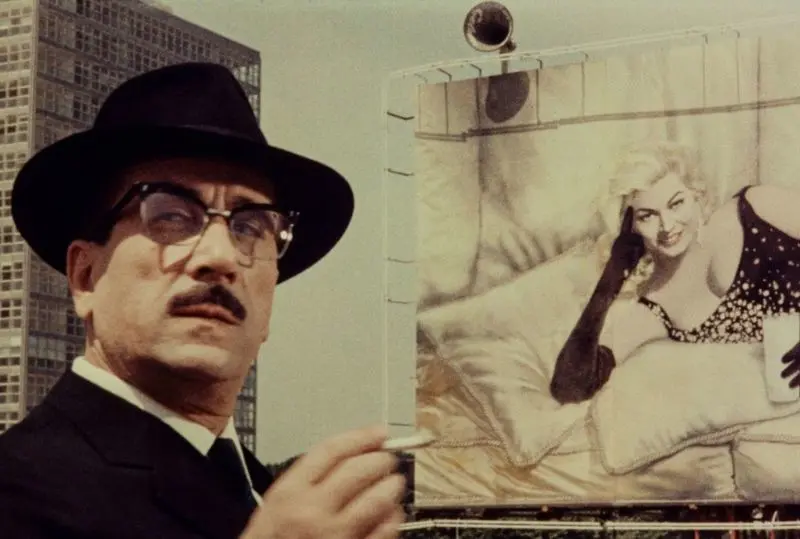

The Great Beauty according to Federico
Maestro Fellini knew how to articulate the essence of the Eternal City and its unforgettable settings, eschewing the most famous of its sights to amuse himself by mixing it up, he populated the city with characters, in equal parts unlikely and real, dreamlike and robust, positioning them in locations that are always unexpected. It may be thanks to Fellini and his distinct way of story-telling, it may be that so many directors followed in his lead, however this came about, there are faces, and the places they walked, that still seem familiar to us today… decades later.
Print itinerary